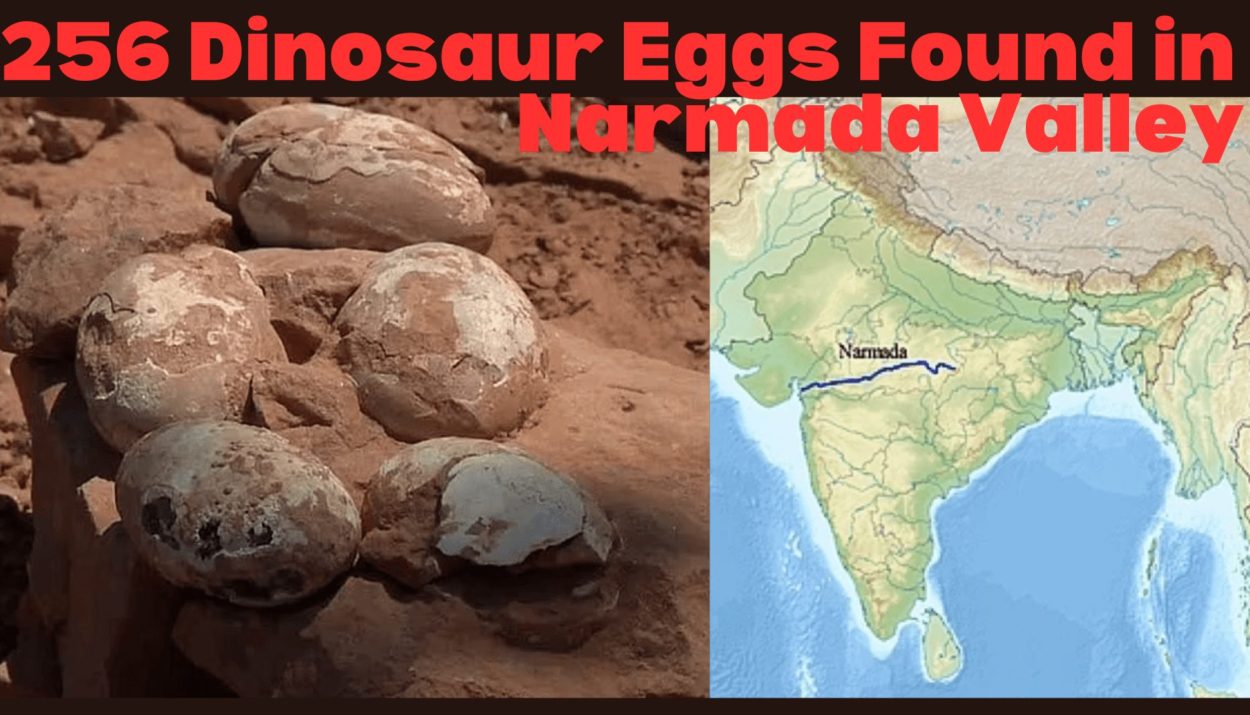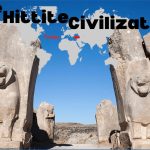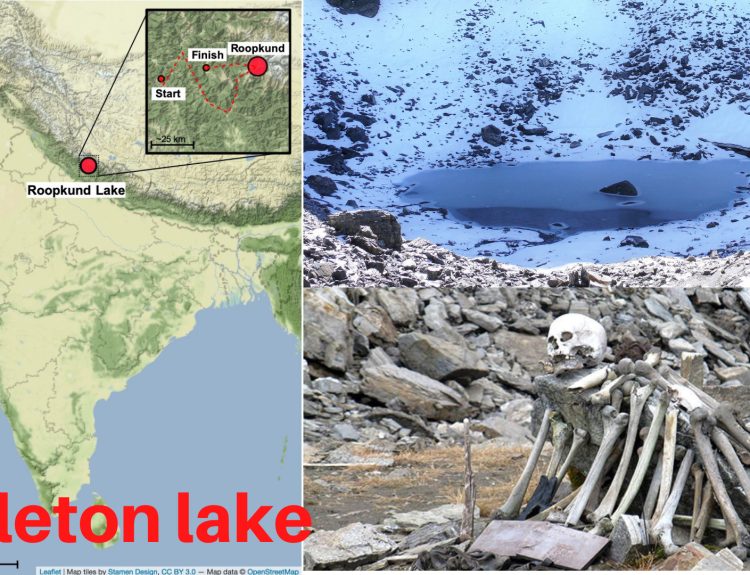A team of palaeontologists has made an incredible discovery in the Narmada Valley in India. They have unearthed 256 dinosaur egg fossils and 92 nesting sites believed to be more than 65 million years old. The discovery sheds new light on the nesting habits of dinosaurs and provides a unique opportunity to study the behaviour of these ancient creatures. In this article, we’ll explore the details of this spectacular find and what it can tell us about the lives of dinosaurs.
The Discovery
The discovery was made by a team of researchers from Delhi University while conducting fieldwork between 2017 and 2020. They found a cluster of fossilized dinosaur eggs in the Dhar district of Madhya Pradesh, India. The recent discovery of a dinosaur nest and eggs in the Narmada valley adds to the list of similar discoveries made by other palaeontologists in Madhya Pradesh’s Jabalpur district and Gujarat’s Balasinor town.
The discovery is unusual because nesting one egg inside another is uncommon, a condition known as ovum-in-ovo, which has only been observed in birds and never previously documented in reptiles. This discovery will provide the missing link between birds and reptiles. The dinosaur egg belongs to the herbivorous Titanosaurs (one of the largest known dinosaurs). They discovered six different species of eggs.
The eggs were found in a circular pattern with a diameter of approximately 15 to 17 cm, indicating that they were laid in a nest. The team believes the eggs were laid by a type of sauropod dinosaur known for its long neck and tail.
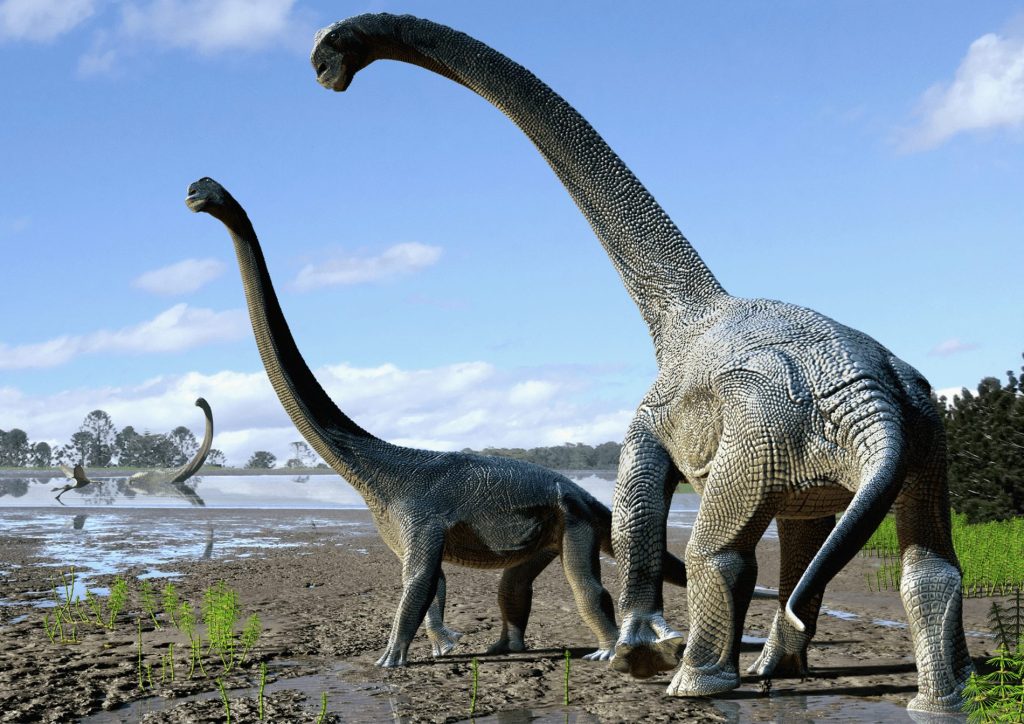
The Significance of the Discovery
The discovery of this nest of dinosaur eggs is significant for several reasons. Firstly, it provides a rare opportunity to study the nesting habits of dinosaurs. This is because most dinosaur eggs are found scattered, rather than in a nest, making it difficult to understand the circumstances in which they were laid. By studying the clustering of these eggs, scientists can gain insights into the behaviour of these ancient creatures.
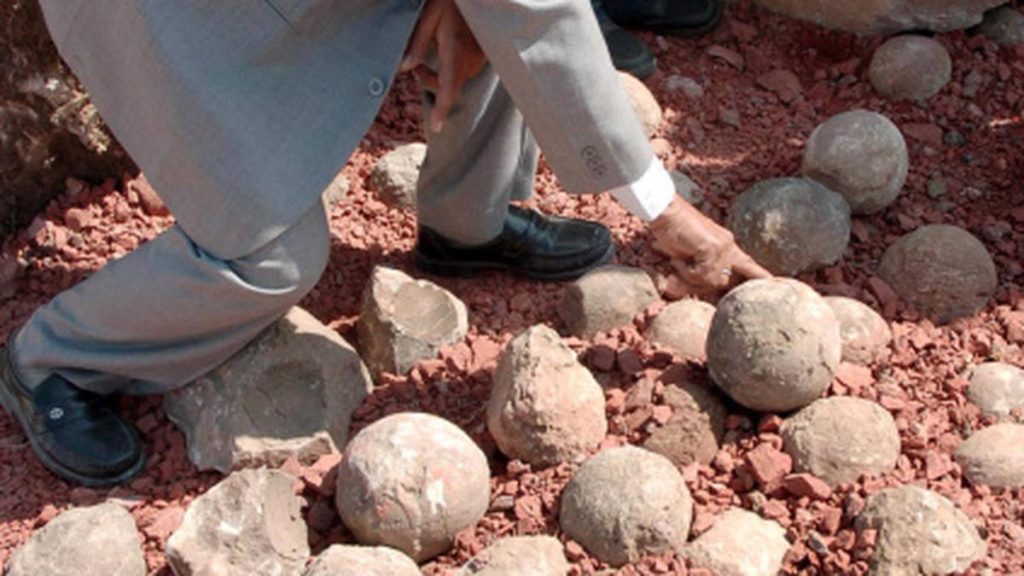
Secondly, the discovery also sheds light on the diversity of dinosaur species that once lived in the Narmada Valley. This region has long been known for its rich deposits of dinosaur fossils, but this discovery shows that there were many different types of dinosaurs living in the area. By studying the eggs and other fossils found in the region, scientists can learn more about the diversity of life during the Cretaceous period.
Finally, the discovery is also significant because it provides a glimpse into the process of fossilization. The eggs were found in Lameta formation (a sedimentary geological formation found in Madhya Pradesh, Gujarat and Maharashtra state of India), which is formed by the accumulation of layers of sediment over time. This means that the eggs were buried and preserved over millions of years, giving scientists a unique opportunity to study the process of fossilization.
What Can We Learn From the Discovery?
The discovery of this nest of dinosaur eggs has the potential to teach us a great deal about the lives of dinosaurs. For example, by studying the size and shape of the eggs, scientists can gain insights into the size and behaviour of the dinosaurs that lay them. The clustering of the eggs can also provide information about the social behaviour of these creatures. Were they solitary animals, or did they nest in groups? By studying the sedimentary rocks in which the eggs were found, scientists can also learn more about the environment in which these dinosaurs lived. Was it a dry or wet climate? What types of plants and animals lived in the area?
Furthermore, the discovery of this nest of dinosaur eggs can help us understand the process of evolution. By studying the diversity of dinosaur species that lived in the Narmada Valley, scientists can learn more about how these creatures evolved over time. For example, they can study the similarities and differences between the dinosaurs that laid these eggs and other sauropod species found elsewhere.
The study was published in PLoS ONE.
References
Palaeontologists make a rare discovery of 256 dinosaur egg fossils in India


